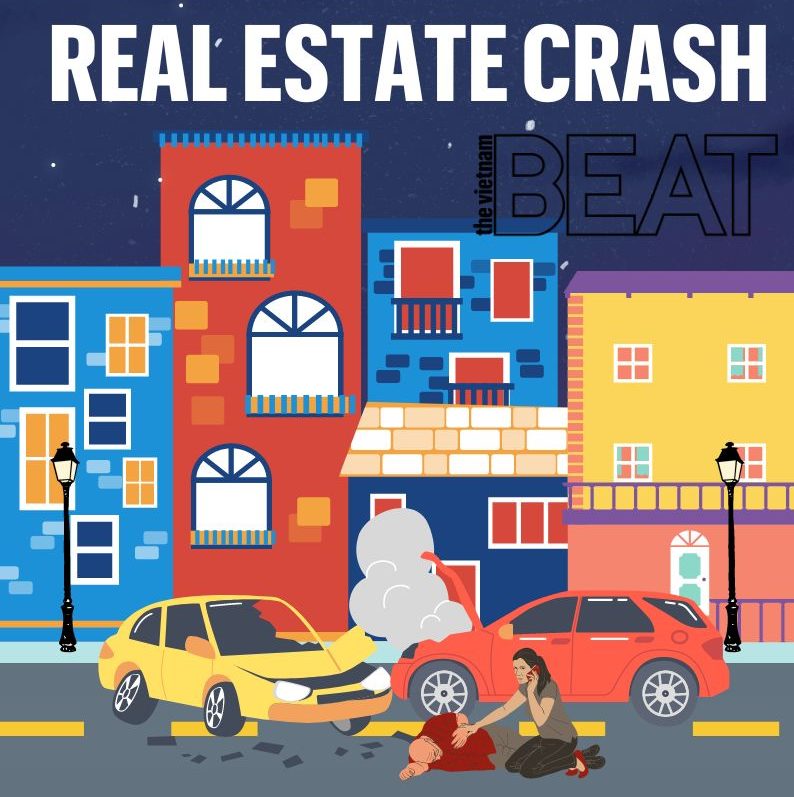Why Poor People Like Reading About Rich Assholes
The Media Partnered with Robber Barons Are Digging Vietnamese Youth a Hole They Won’t Get Out Of.
By Nguyen Ayi
Despite being exploited as laborers by major corporations like Apple, Amazon, Grab, and Lazada, many individuals from lower socioeconomic backgrounds find themselves drawn to the lives of the wealthy elite.
Recent studies reveal a staggering disparity between CEO compensation and the wages of average workers. For instance, in 2024, the average CEO at the S&P 500’s lowest-paying firms earned $17.2 million, while the median worker’s salary was only $35,570. This results in a CEO-to-worker pay ratio of 632:1, a significant increase from 560:1 just five years prior. Notably, Starbucks’ CEO compensation reached an astonishing 6,666 times that of the median employee, highlighting the extreme nature of this inequality.
| Statistic | 2024 Value |
|---|---|
| Average CEO Pay | $17.2 million |
| Median Worker Pay | $35,570 |
| CEO-to-Worker Pay Ratio | 632:1 |
| Starbucks CEO Pay Ratio | 6,666:1 |
This growing gap is a global trend where executive pay has skyrocketed while worker wages stagnate or decline. Between 2019 and 2024, CEO pay increased by 34.7%, while median worker pay rose only 16.3%, failing to keep pace with inflation, which was 22.6% during the same period.
The Debt Burden on Gen Z in Vietnam
In Vietnam, Generation Z is increasingly facing a significant debt burden, primarily due to the rising popularity of credit cards and personal loans. As of 2025, it is estimated that around 30% of Vietnamese Gen Z individuals have taken on credit card debt, with the average outstanding balance reaching approximately 6 million VND (around $250). Additionally, many are turning to personal loans, with the total consumer debt in Vietnam projected to exceed 1.5 trillion VND (approximately $63 billion) by the end of the year. This … Read more





